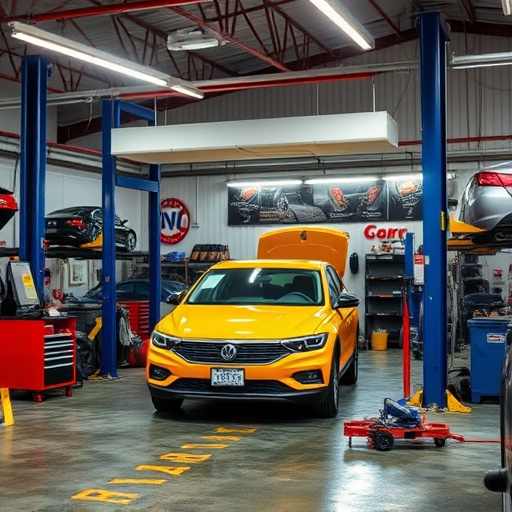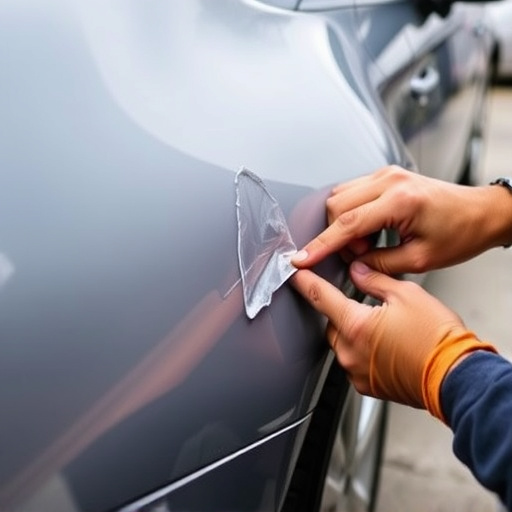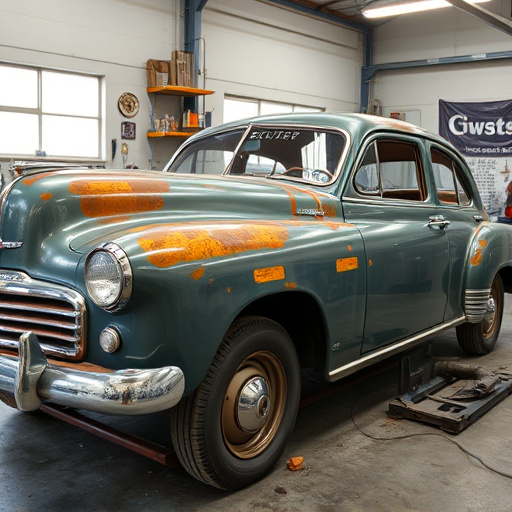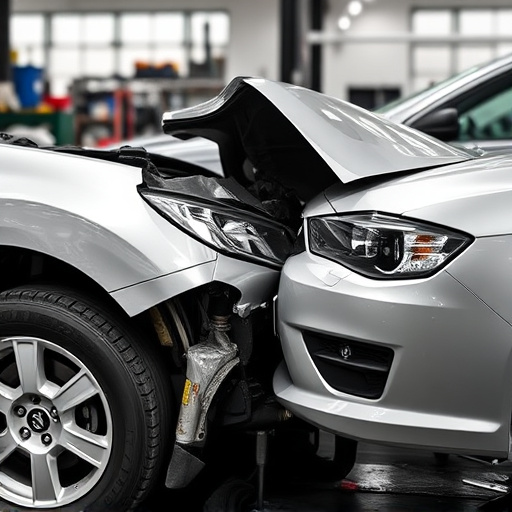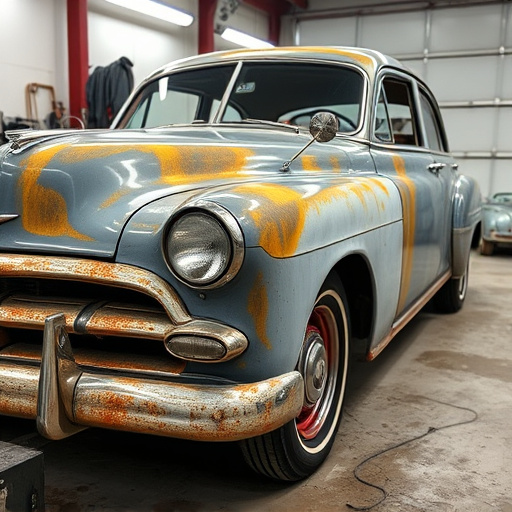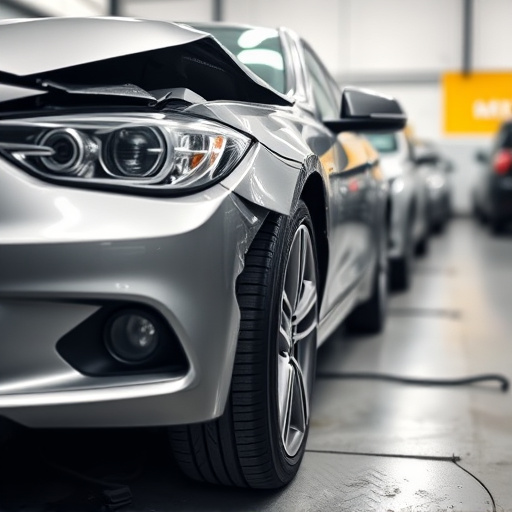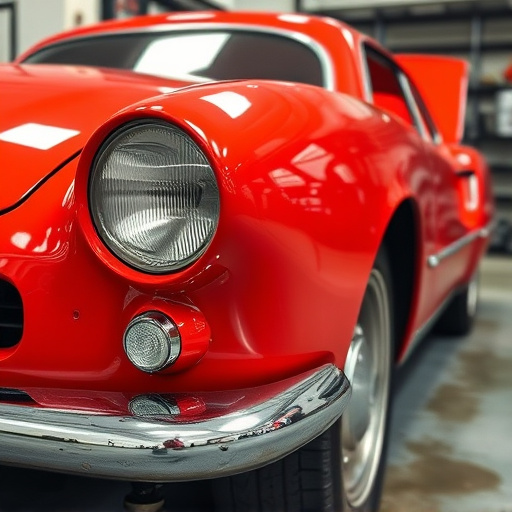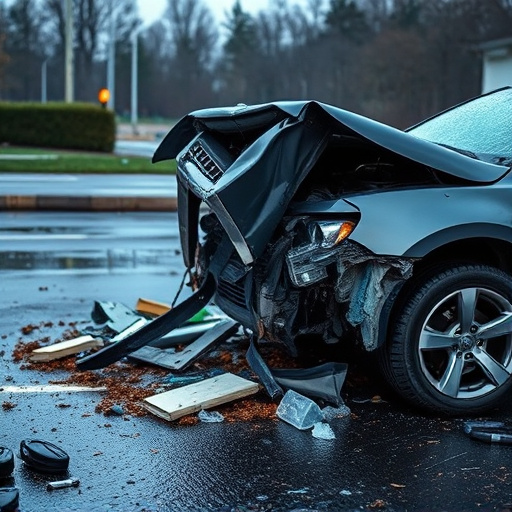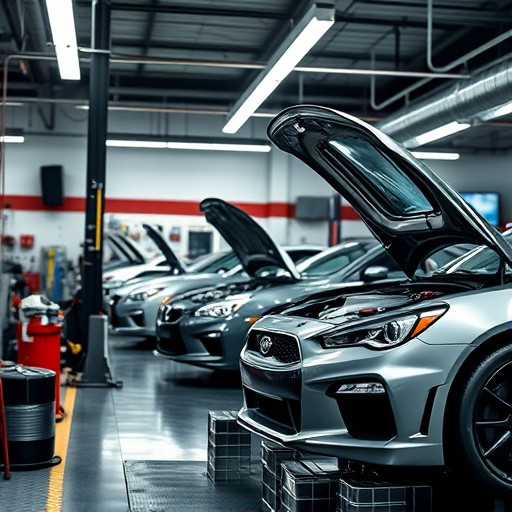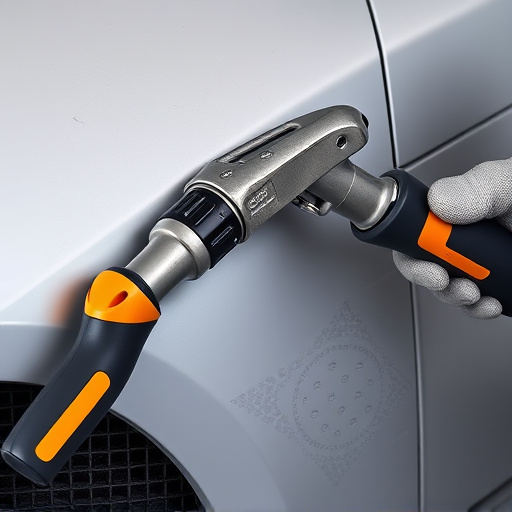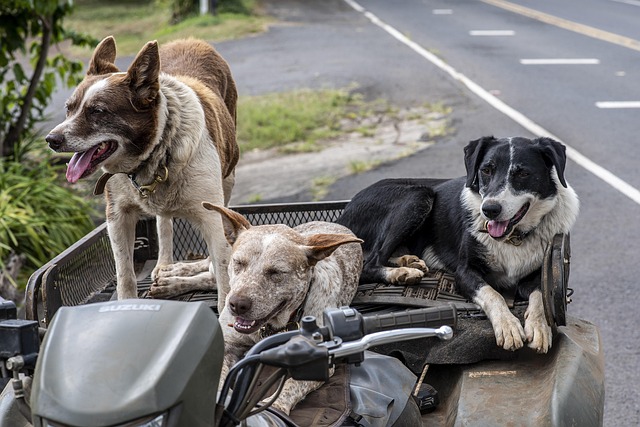Candy paint collision repair offers visually striking, durable finishes with specialized pigments and resins. It requires meticulous preparation, application of layers for depth, and precise techniques to match original factory finishes seamlessly. This advanced technology streamlines repairs, enhances aesthetics, and protects vehicle surfaces, benefiting businesses and customers alike.
“Unleash the art of restoration with the science behind candy paint application in collision repairs. This comprehensive guide dives into the world of vibrant, custom finishes, offering insights on understanding and utilizing candy paint for optimal results. From the basics and benefits to a step-by-step process, we explore techniques tailored for repairs, ensuring top-tier aesthetics. Discover tips to achieve flawless finishes, transform damaged vehicles, and elevate collision repair standards with this innovative approach.”
- Understanding Candy Paint: Basics and Benefits
- The Process: Applying Candy Paint Effectively
- Techniques and Tips for Best Results in Repairs
Understanding Candy Paint: Basics and Benefits

Candy paint, a revolutionary technique in collision repair, offers a unique and visually striking approach to restoring damaged vehicles. Unlike traditional painting methods, candy paint creates a vibrant, glossy finish with striking color shifts and depth, making each repair job one-of-a-kind. This specialized paint is composed of advanced pigments and resins that provide superior durability and resistance to chipping, scratching, and fading compared to conventional paints.
The benefits of using candy paint in car collision repairs are numerous. It not only enhances the aesthetic appeal of a vehicle but also improves its overall structural integrity. Candy paint can perfectly match the original factory finish, ensuring that repaired areas are indistinguishable from the rest of the car body. Moreover, its high-quality composition facilitates faster drying times and easier application, streamlining the repair process in reputable car body shops and saving time and resources for both businesses and their customers.
The Process: Applying Candy Paint Effectively

The application of candy paint in collision repairs involves a meticulous process designed to achieve a stunning, reflective finish that’s both durable and visually appealing. It begins with thorough preparation of the damaged area, which includes dent removal and careful sanding to ensure an even surface for painting. This step is crucial as it creates a smooth base, allowing for better adhesion of the candy paint.
Once the surface is ready, a primer coat is applied to seal the repair area and provide a uniform base. Following this, layers of candy paint are carefully added, each requiring specific drying times. The technique involves using special effects paints that create vibrant, glossy effects reminiscent of caramelized sugar. Skilled technicians use their expertise to blend and match colors precisely, ensuring an authentic candy-like appearance. This intricate process requires precision and patience, but the result is a remarkable transformation in automotive restoration, enhancing the vehicle’s aesthetics and protecting its new, shiny surface.
Techniques and Tips for Best Results in Repairs

Achieving flawless results with candy paint collision repair requires a meticulous approach and a keen eye for detail. The process involves several techniques to ensure the best outcome for your vehicle. One key step is surface preparation; this includes thoroughly cleaning the damaged area, sanding it down to create a smooth base, and priming it to provide a solid foundation for painting. Using the right tools and materials is essential; high-quality brushes, rollers, and spray guns will make the application process more precise and even.
For optimal performance, candy paint should be applied in thin, controlled layers, allowing each coat to dry completely before adding the next. This technique prevents bubbles, runs, or other imperfections that can negatively impact the final finish. Additionally, maintaining a consistent distance between the spray gun and the surface ensures an even distribution of paint. Proper ventilation is also crucial to prevent overspray from affecting nearby areas. Whether you’re tackling a minor dent or a more extensive repair like Mercedes Benz collision repair, these tips can help elevate your car paint services to a professional level.
The art of candy paint application in collision repairs offers a unique and visually stunning way to restore vehicles. By understanding the science behind this technique, from its basic principles to advanced techniques, professionals can achieve exceptional results. Candy paint, with its rich colors and glossy finish, not only enhances the aesthetics but also provides an effective protective layer. Mastering the process ensures that repairs are not just hidden but celebrated, transforming damaged cars into eye-catching masterpieces. For collision repair specialists, embracing candy paint technology is a game-changer, enabling them to deliver top-notch work that stands out in the industry.
